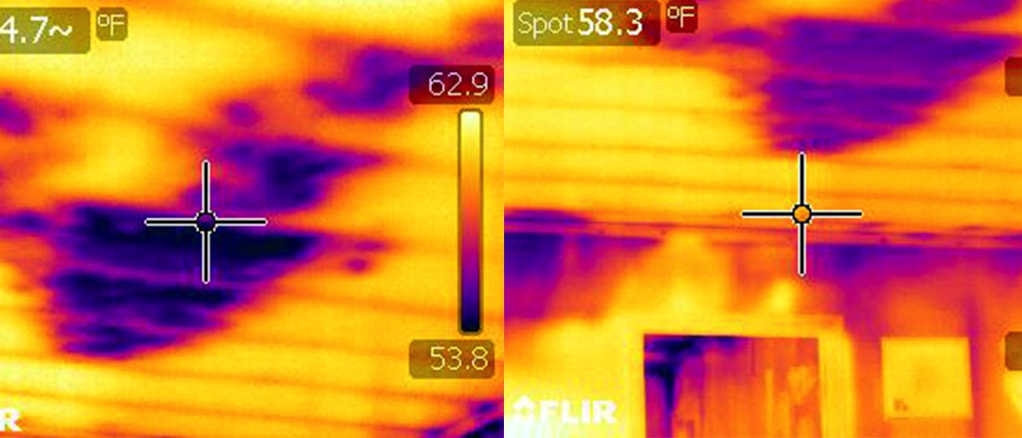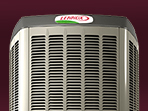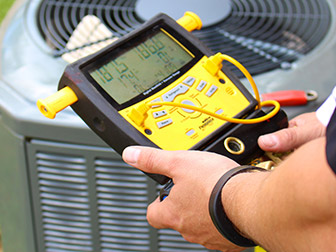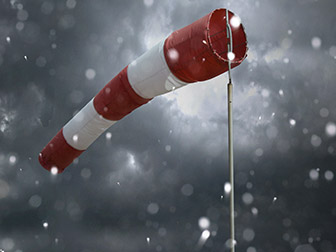Testing Your Home With Thermal Imaging

Thermal imaging is another powerful diagnostic tool that Bradley Mechanical’s technicians have at their disposal. If a picture is worth a thousand words, then a good thermal image is worth a million.
Taking A Good Thermal Image
The best conditions for thermal imaging is when there is at least a 10-15 degree temperature difference between inside and outside. Thermal flaws, voids, bridging, and hot and cold spots can all be uncovered.
Sometimes, a thermal gradient isn’t large enough to give a definitive picture. That is when our technicians will use a blower door, which will exaggerate the drafts and increase the temperature difference. By using the camera with a blower door, one can’t see the heat loss or gain, but the leakage and streaking of hot and cold air. The thermal camera will show wetted spots or hot spots in the electrical system when shorts are present or bleeding is occurring. These issues are often responsible for driving up temperatures in a room.
Once, we had a client with one room that was uncomfortably warm. The thermal imaging revealed a high amount of heat coming from the recessed lighting. We discovered these seven recessed lights were 65 watts each, effectively driving up the indoor temperature.
What Can You Learn From A Thermal Image?
A thermal image is based on temperature, so it will show areas that are giving off heat and areas that are cool. This can reveal issues within your home such as wind washing around eaves where cold or warm air is pushing through the insulation. Sometimes it will show short-circuiting where additions come together. If you are looking to determine where excessive heat or cold is coming into your home, thermal imaging may be the answer.
Get in touch with Bradley Mechanical to learn more about having thermal imaging done in your home.








